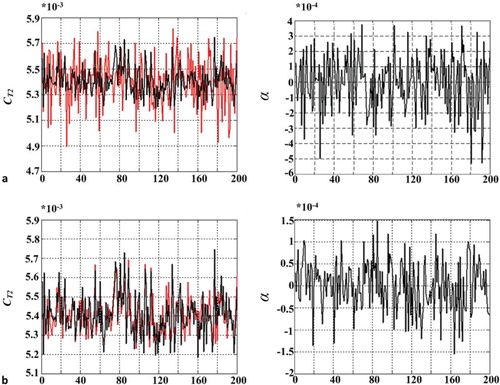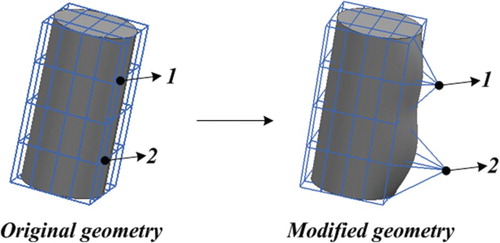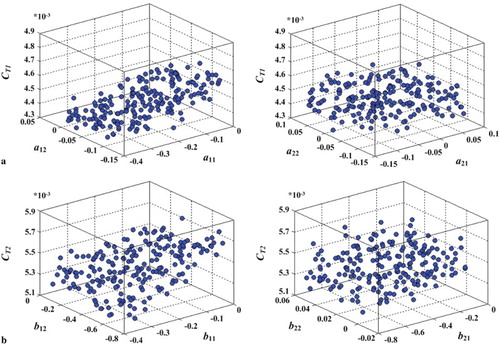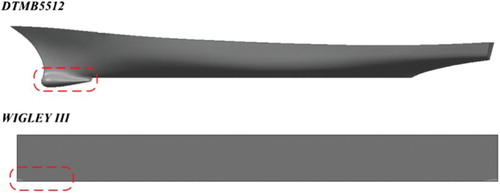Figures & data
Table 1. Parameters.
Table 2. Optimization results of different algorithms.
Figure 1. Convergence history of the different algorithms (a) f1(x), (b) f2(x), (c) f3(x), (d) f4(x).
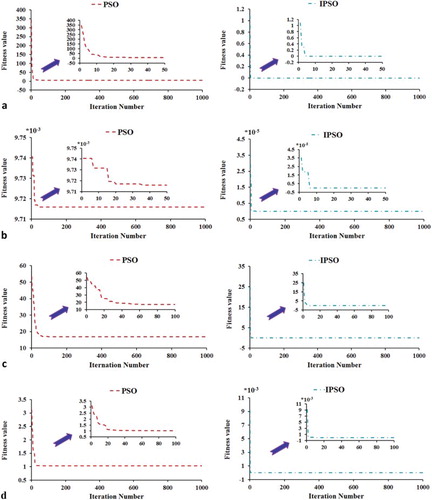
Figure 3. Grid division of computational domain and hull (a) Mesh of the computational domain, (b) Computational mesh on the ship geometries.

Figure 4. Comparison of samples (a) Random latin hypercube design, (b) Optimal latin hypercube design (above: Present study, below: Wang & Lu, Citation2015).
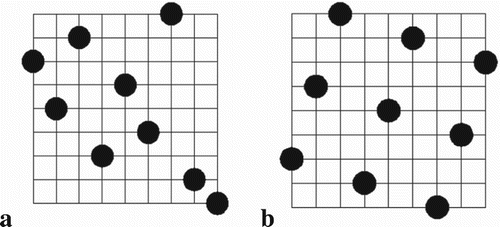
Table 3. Experiment samples.
Figure 6. The framework of ElmanNN (above: Present study, below: Wang et al., Citation2011).
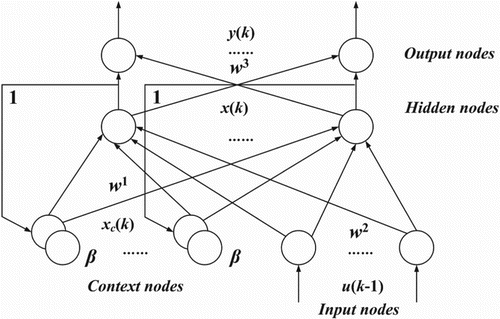
Figure 7. Prediction results of CT1 for DTMB5512ship (a) The prediction of the CT1using ElmanNN, (b) The prediction of the CT1using IPSO-ElmanNN.
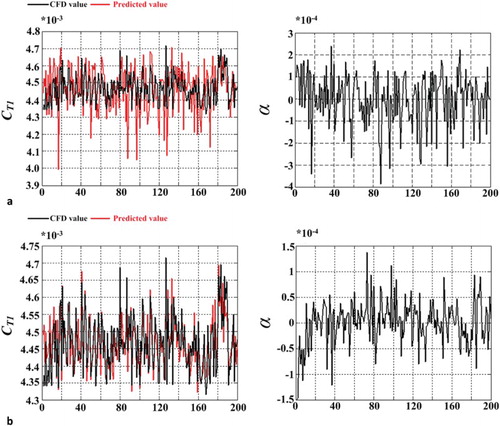
Figure 8. Prediction results of CT2 for WIGLEYIIIship (a) The prediction of the CT2using ElmanNN, (b) The prediction of the CT2using IPSO-ElmanNN.
